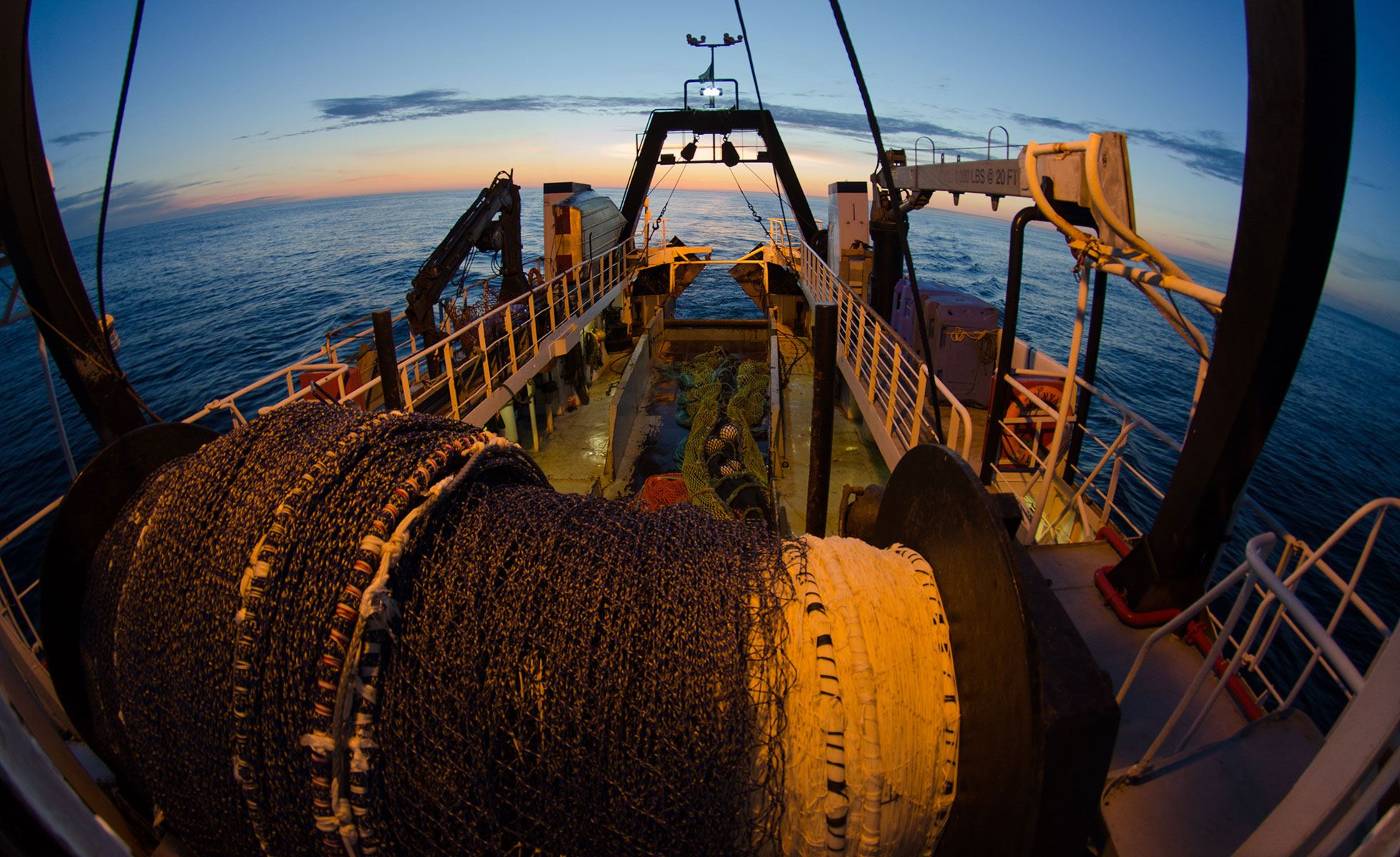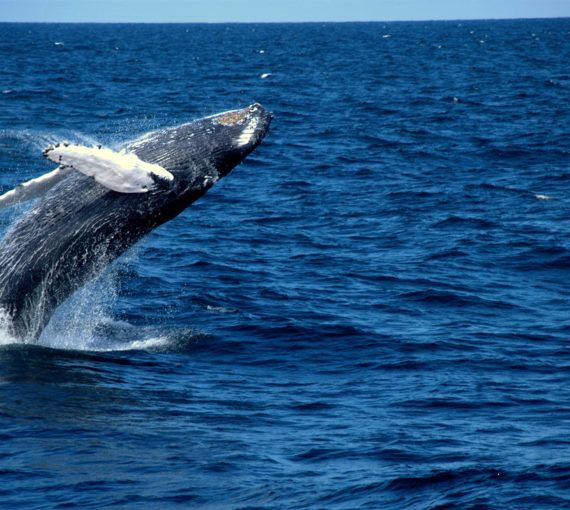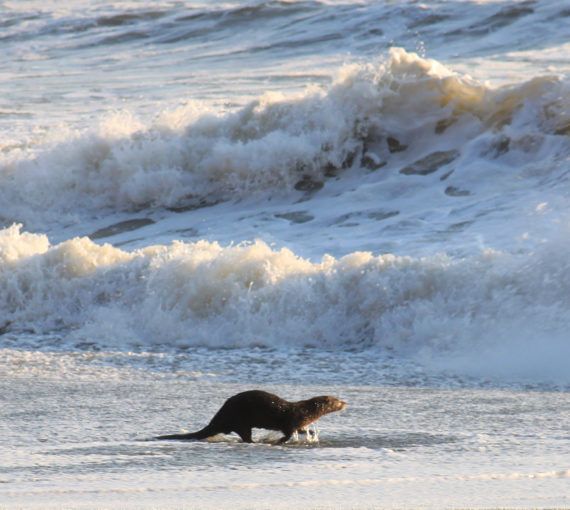
(Photo: Mark Wunsch via Greencoast Media)
Protecting oceans and the amazing creatures that live in them, while trying to feed people and provide livelihoods from the ocean, is complex.
In the midst of global overfishing and marine species declines, our work to support sustainable fisheries has helped turn one of the most criticized fisheries into one of the most innovative. Using precedent-setting innovations and regulations, the B.C. groundfish bottom trawl fishery has greatly reduced its habitat impact over the last 20 years.
With a regulated quota system for fish allocations and strict limits on the bycatch of habitat-forming corals and sponges, B.C.’s trawl fleet has become specialized in how and where they fish. About 40,000 square kilometres have been bottom trawled at one time over the last 20 years. Now many areas once fished aren’t. Today’s annual trawl footprint is down to about 5,000 square kilometres.
Using precedent-setting innovations and regulations, the B.C. groundfish bottom trawl fishery has greatly reduced its habitat impact over the last 20 years.
Research to better understand the conservation value associated with these emerging unfished areas is underway. Results may determine whether there is rationale to include some of them in marine protected area networks. Areas once fished could better inform managers about how much can be caught sustainably.
Our long collaboration with the bottom trawl industry has protected corals, sponges and deepwater habitats, and created new trawl boundaries based on habitats, a habitat quota system and a coral and sponge encounter protocol. A formal habitat review committee continues improvements.
The results are better than anyone expected. Since the habitat measures began in 2012, trawl nets have stopped interacting with large aggregations of corals and sponges. The trawl fleet has reduced its footprint while maintaining catches of marketable species.
Working with the trawl industry, we continue to improve the traceability and labelling of sustainable products through the complex seafood supply chain.


